Prefabricated German Kit Home
When retired couple Chris and Sheila Marwood began their search for a house with plenty of sun and views in Cornwall, they struggled to find something that fitted the bill. “Eventually we decided to look for a plot of land instead,” says Sheila.
Although they had never built a house from scratch before, they weren’t complete newcomers to the process. “We’ve altered every property we’ve ever owned and always lived in them while the work was completed,” she adds.
The couple registered online to receive plot alerts and spotted a 1960s bungalow on 1.4 acres of land in Lostwithiel. It was a familiar location, as they had holidayed there before. This ancient stannary town sits in a beautiful wooded valley in the centre of the county, between the coast and the moors.
“We took our retired architect friend, Peter, along to view the bungalow with us,” Chris explains. “The property sat in one corner of a field, overlooking the small town and down towards the river Fowey. As soon as we witnessed the south-facing views from the site, we knew we’d found something special.”
New project
Chris and Sheila briefly considered the idea of upgrading the bungalow, but their friend intervened. He explained that the outdated construction techniques used in the 1960s were guaranteed to be far less energy efficient than modern building methods. So he sketched out a rough design for a new house on the large site. “It was a fantastic-looking dwelling, although later we had to tweak the plans to reduce it in size,” says Chris.
- namesChris & Sheila Marwood
- locationCornwall
- projectSelf-build
- styleContemporary
- construction methodTimber frame with insulating concrete formwork (ICF) lower ground floor
- plot cost£480,000 (bungalow on site later sold for £280,000)
- house size340m²
- build cost£550,000
- total cost£750,000
- build cost per m²£1,618
- construction time12 weeks (for shell and main fit-out)
- current value£900,000
The scheme offered a modest two-storey home, but the steep slope allowed for an extra ground floor buried into the side of the hill, with balconies above to take in the view. This lower level contains the garage, two guest suites with bathrooms, as well as a utility and plant room.
“We didn’t want enormous spare bedrooms,” says Sheila. “Having these downstairs offers extra privacy for guests. The design also meant that we could use the entire top floor as a spacious master suite, with the living areas at entrance level.”
Finding the funds
The Marwoods visited their bank manager with details of the bungalow and explained their idea – and he was happy to sign off funding for the scheme. They initially planned to rent out the dwelling until their current house in Exmoor was sold, but things ended up moving rather more quickly than they had anticipated.
“Someone made an offer on our cottage really quickly, complete with most of the furniture. This meant we could move straight into the bungalow and live there throughout the build,” Chris explains. “It was a completely fresh start and gave us an excuse to kit out our new home with more contemporary furniture.”
The plot was large enough to accommodate a number of houses, but the Marwoods only wanted to build a single dwelling. So before going ahead with the purchase, Chris and Peter approached the local planners to see if their scheme would be approved. Thankfully, the council didn’t have any objections and were happy for it to go ahead.
Package route
Sheila spotted an advert in a Cornish magazine for German house building company Hanse Haus, which had recently completed a cottage-style property nearby in Padstow.
The firm specialises in a prefabricated ‘thermo-efficiency’ timber frame construction system, with studs at close centres to allow cabinets etc to be easily fixed to the walls. Factory manufacture is key to the success of this type of project, as each house is carefully detailed to prevent heat loss.
“Seeing pictures of the cottage project made us realise that going with a kit home company didn’t mean we needed to adhere to some kind of set format,” says Sheila. “We loved the idea that we could have exactly what we wanted in terms of style and layout, along with a fast build time and a really energy efficient home at the end of it.”
After contacting Hanse Haus, the Marwoods flew out to Bavaria to visit the company’s factory and see how their houses were created. They were so impressed with the process that they decided to not even bother looking at any other companies and agreed for the package house firm to take on the majority of the build.
Getting off the ground
Once planning permission had been granted, the couple employed a UK company to excavate the site, and the lower ground level was then constructed by specialist company, The Fell Partnership.
This storey has been formed using insulating concrete formwork (ICF) by Nudura, with waterproof concrete used to fill the polystyrene blocks. Internal and external walls are the same thickness, meaning each room is efficiently soundproofed.
Once the basement shell was in place, Hanse Haus came in and completed the level, packing in the plumbing, electrics and wall dry-lining. A lightweight Op-Deck insulated concrete floor system was laid, forming the ceiling and making the project ready for the next phase of the build – the pre-manufactured above-ground structure.
Over in the firm’s German factory, the timber frame panels were layered with insulation, doors, windows and plasterboard to create a complete wall system. Ducting for cabling, pipes and sockets were all packed in, and the ceiling and roof elements were formed.
Chris and Sheila flew over for a short trip to select finishes for their new house. They spent two days in an enormous showroom that has dedicated sections for roof tiles, doors, stairs, flooring and sanitaryware. The couple spent time at the showroom choosing every individual element for the dwelling, apart from the kitchen, which they decided to source separately.
“Hanse Haus do absolutely everything they can in the factory, right down to painting the ends of the exposed roof timbers,” says Chris. “It really was fascinating and rewarding to watch how quickly it all came together.”
Smooth sailing
After taking only three days to build the property in the factory, once the structure was ready to be delivered, everything was loaded onto trucks in a very specific order so it could be offloaded efficiently once it reached the site. A crane lifted and placed each segment, ready for the team to assemble.
“It took just four days to piece the house together – much to the shock of our neighbours,” says Sheila. “It’s quite difficult to envision how everything will look, and we didn’t get all the sockets in the right places, admittedly.”
Not only was the speed of construction a big boon for Sheila and Chris, but they also appreciated the efficiency of the process, especially when it came to finances. “The great thing is that once you’ve made all your choices, the price is locked in, so you know exactly what the final cost will be,” says Sheila. “We simply supplied a deposit, followed by agreed stage payments.”
Home for life
Chris and Sheila have thoroughly enjoyed the excitement of building their own house, without the drawbacks of slow construction times and unreliable trades that some people face.
“The entire package process runs like a well-oiled machine, and makes other building sites seem very old-fashioned,” says Sheila. “Although the main work was completed in 12 weeks we didn’t move in until a few months later, as we wanted absolutely everything to be finished.”
The couple’s new home has proved to be extremely energy efficient and comfortable to live in. The old 1960s bungalow was later sold for £280,000 to a friend for renovation, which meant the Marwoods could recoup some of the original cost of the plot.
“We’ve no plans to build another property for ourselves, because we’re so happy here, but we’d thoroughly recommend it to others,” says Chris. “Until you live in a house like this, and appreciate the insulation and triple glazing, you don’t realise how inefficient many UK homes can be.
“We don’t even have a letterbox because they cause draughts and heat loss. We walk around in bare feet, thanks to the German build standard and our underfloor heating – it’s a really comfortable property that’s exceeded our wildest dreams.”



































































































 Login/register to save Article for later
Login/register to save Article for later

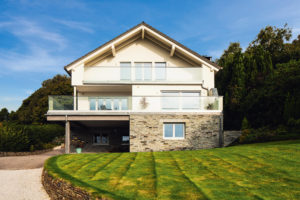
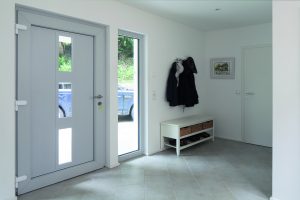



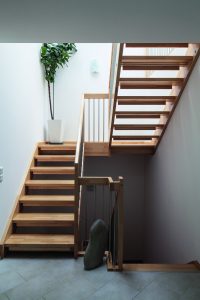

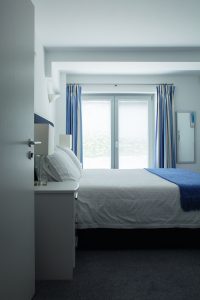
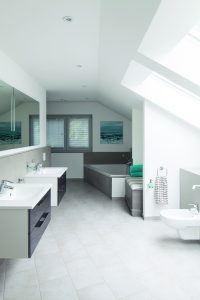

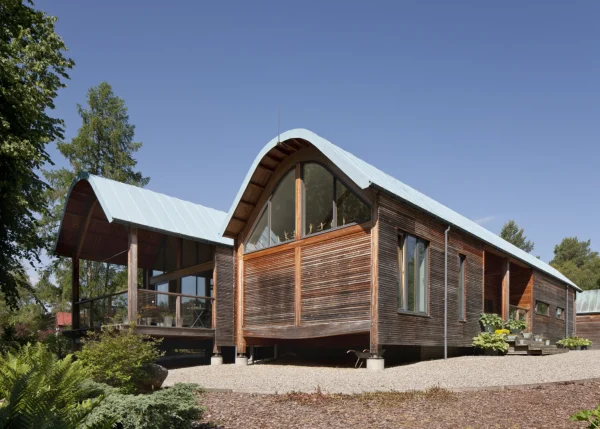

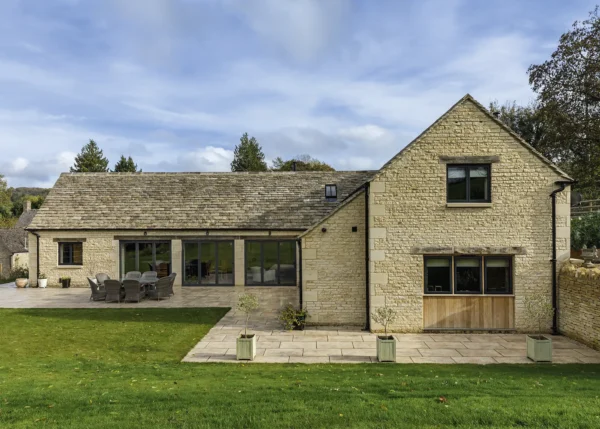
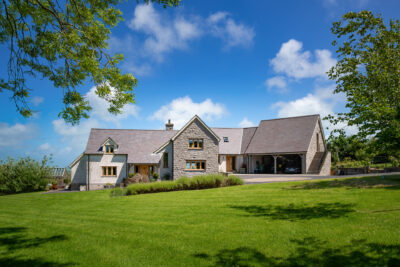

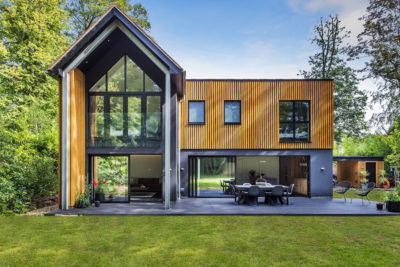
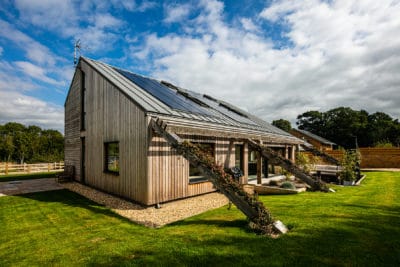





Comments are closed.